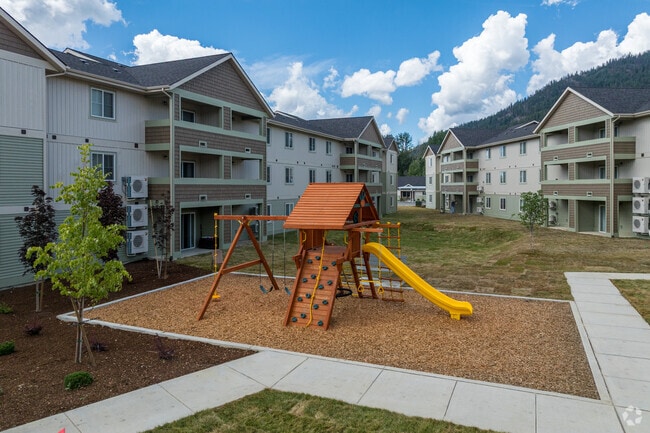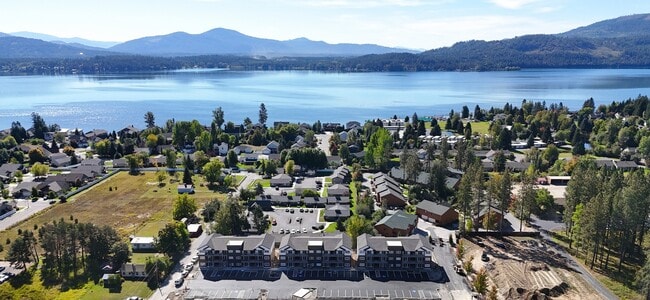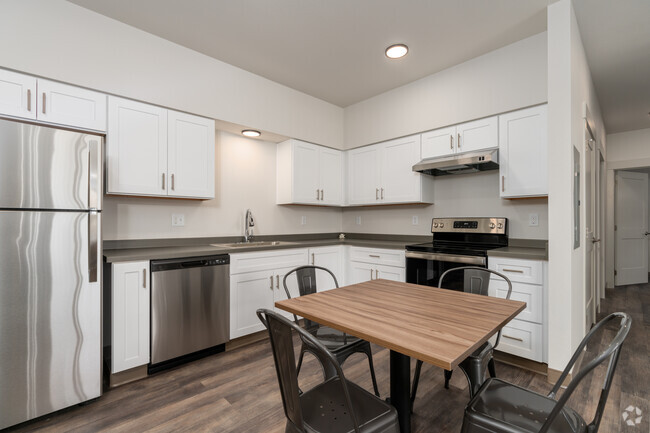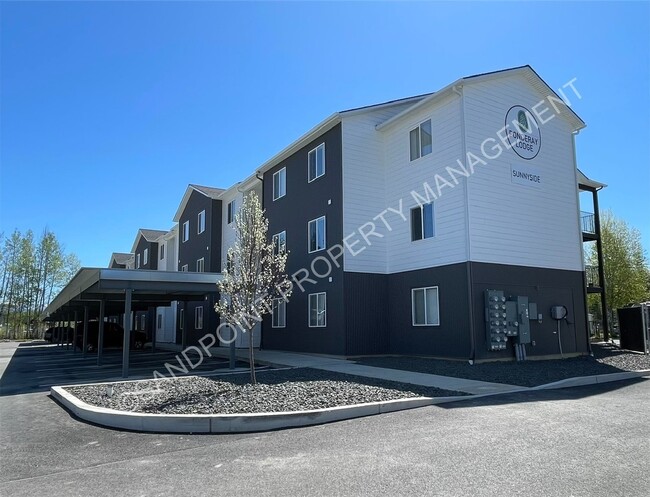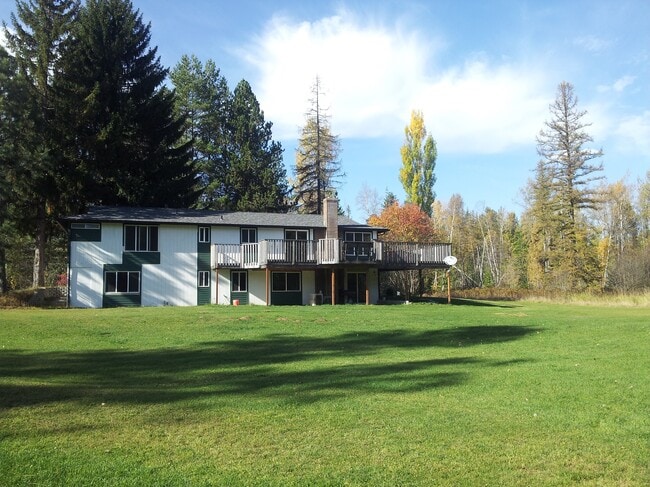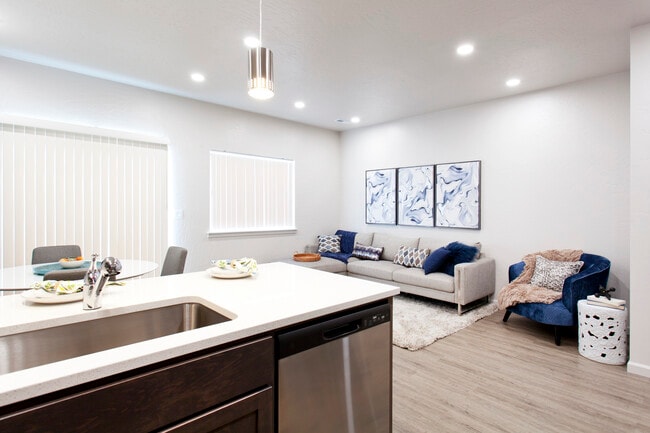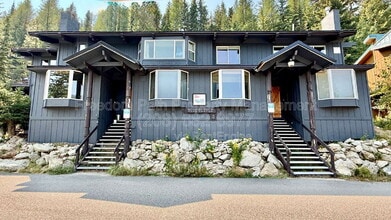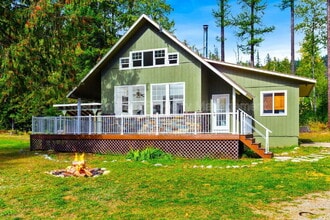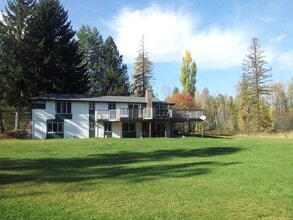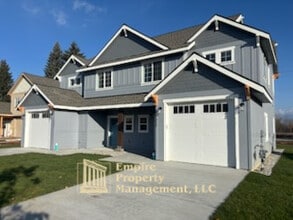Apartments for Rent in Sandpoint ID
35 Rentals
Explore Rent Prices Near Sandpoint, ID
Sandpoint, ID’s average rent price is $1,237 per month. Compare rent prices and available listings in nearby cities to find better value or more options that fit your budget.
| Average Rent | |
|---|---|
| Rathdrum | $1,000 |
Average Monthly Rent is calculated using the average rent of active one-bedroom apartment listings.
Sandpoint, ID Apartments for Rent
Cradled between three mountain ranges on the shores of Lake Pend Oreille, Sandpoint boasts one of the most stunning landscapes in the country. In addition to the phenomenal views, Sandpoint’s environment affords a wide range of recreational opportunities such as boating, fishing, swimming, hiking, biking, skiing, and snowboarding. Sandpoint is also convenient to numerous national forests, state parks, and local parks like Sandpoint City Beach Park.
Consistently ranked among the best places to live in Idaho, Sandpoint offers residents a small-town atmosphere and a strong sense of community fostered by charming downtown shops, welcoming neighborhoods, and an array of annual events like the Draft Horse Show, Festival at Sandpoint, Winter Carnival, Lost in the 50’s Car Show, and the Bonner County Fair and Rodeo. Getting around Sandpoint is easy with access to U.S. Routes 2 and 95 as well as the Sandpoint Airport.
Sandpoint, ID Rental Insights
-
The average rent in Sandpoint, ID is $1,065 per month. By comparison, renters across the U.S. pay an average of $1,631, which means housing in Sandpoint, ID is slightly less expensive than much of the country.
-
You can find flexible rentals in Sandpoint, ID by exploring short-term rentals for temporary stays or browsing furnished apartments for move-in ready options that save time and hassle.
-
Tour apartments from your couch with Matterport 3D Tours. We have 35 Sandpoint apartments with virtual tours available. Walk through the apartment, view room layouts and get a feel for the space before an in-person tour.
-
Sandpoint, ID has very few transit options. Residents typically rely on driving for daily needs.
